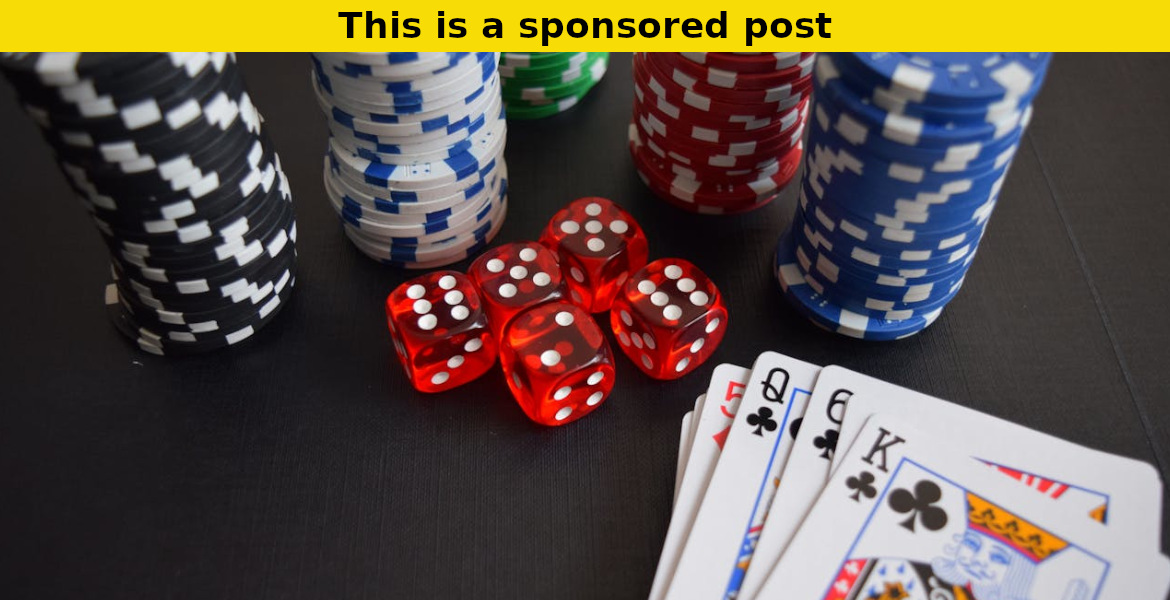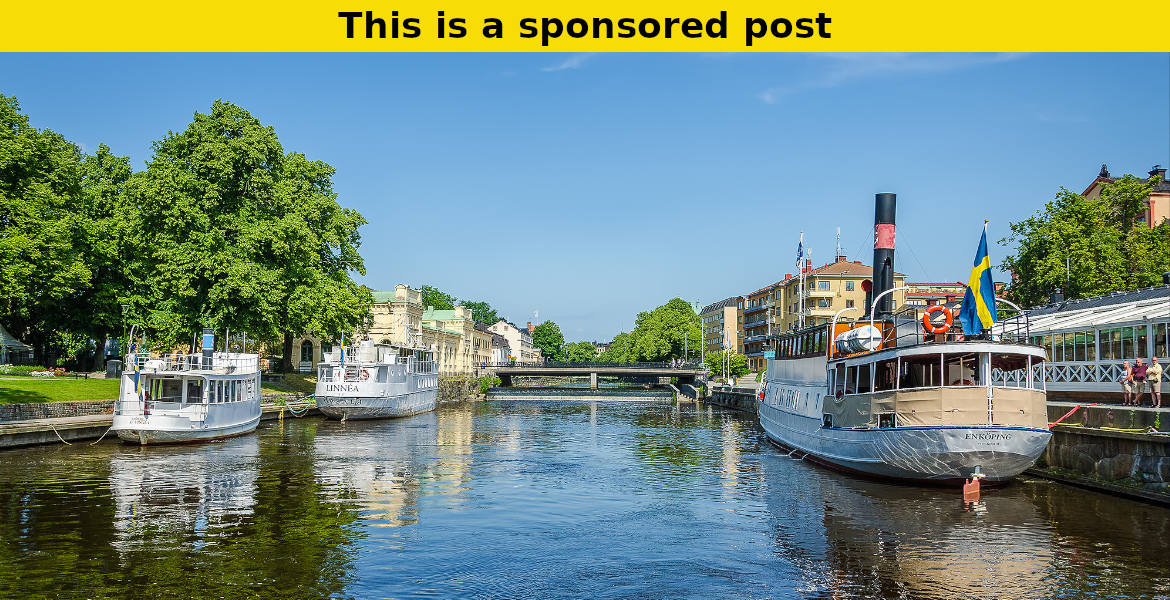E-cigarettindustrin har genomgått en enorm utveckling de senaste åren, med en rad innovationer som har förändrat hur människor upplever och njuter av vaping. En av de senaste tillskotten till marknaden är VOOM Bar engångsvapes, som har snabbt blivit ett populärt val för både nybörjare och erfarna vapers. Med sin imponerande design och högkvalitativa funktioner har VOOM Bar cementerat sig som en ledande aktör på marknaden för engångsvapes.
Innovativ teknik & pålitlig prestanda
VOOM Bar är utformad för att leverera enastående prestanda och tillförlitlighet tack vare dess avancerade tekniska funktioner. Med ett 280mAh-batteri och överdragskydd för spänning, kortslutningsskydd och underspänningsskydd erbjuder VOOM Bar en säker och smidig vaping-upplevelse för användarna. Dessa funktioner är avgörande för att säkerställa att varje drag är jämnt och kraftfullt utan att kompromissa med säkerheten.
En mångsidig upplevelse med fyra smaker
En av de mest lockande egenskaperna hos VOOM Bar är dess variation av smaker. Med en uppsättning av fyra utsökta smaker - Mango, Mint, Strawberry Ice och Tobak - erbjuder VOOM Bar en mångsidig upplevelse som tilltalar en bred publik av vapers. Oavsett om du föredrar fruktiga, friska eller mer traditionella smaker har VOOM Bar något för alla.
- Mango:
För de som älskar tropiska smaker och söta undertoner är Mango ett utmärkt val. Den friska och saftiga smaken av mogna mangos kombinerat med den lena dragningen från VOOM Bar skapar en oemotståndlig vaping-upplevelse.
- Mint:
För en uppfriskande och svalkande smakupplevelse är Mint det perfekta alternativet. Den fräscha och krispiga smaken av pepparmint ger en ren och uppfriskande känsla som är idealisk för att rensa sinnet och förnya sinnena.
- Strawberry Ice:
Med sin söta och saftiga smak av jordgubbar, kombinerat med en kylande touch av is, är Strawberry Ice en favorit bland många vapers. Den perfekta balansen mellan sötma och friskhet gör denna smak till ett måste-prova för alla som älskar fruktiga smaker.
- Tobak:
För de som föredrar en mer traditionell vaping-upplevelse erbjuder Tobak en rik och komplex smakprofil som liknar den av äkta tobak. Med subtila undertoner av nötighet och en len finish är denna smak perfekt för dem som vill ha en autentisk tobakssmak utan de skadliga effekterna av att röka.
Tillgänglig hos E-ciggbolaget.se
VOOM Bar engångsvapes finns endast tillgängliga hos E-ciggbolaget.se, en ledande återförsäljare av högkvalitativa vaping-produkter och tillbehör. Med sitt fokus på kvalitet, tillförlitlighet och kundtillfredsställelse är E-ciggbolaget.se det perfekta valet för alla som letar efter premium vaping-produkter till konkurrenskraftiga priser.
VOOM Bar: Den ultimata engångsvape-upplevelsen
VOOM Bar engångsvapes är en banbrytande produkt som kombinerar avancerad teknik, imponerande prestanda och utsökta smaker för att erbjuda användarna en enastående vaping-upplevelse. Med sitt 280mAh-batteri, överdragskydd för spänning, kortslutningsskydd, och underspänningsskydd garanterar VOOM Bar säkerhet och tillförlitlighet vid varje användningstillfälle. Dess fyra lockande smaker - Mango, Mint, Strawberry Ice och Tobak - ger en mångsidig upplevelse som tilltalar alla smaklökar. Dessutom är VOOM Bar exklusivt tillgänglig hos E-ciggbolaget.se, vilket gör det till det ultimata valet för alla vaping-entusiaster. Med VOOM Bar är den perfekta vaping-upplevelsen bara ett drag bort.




